The Collection of Medals to Welsh Regiments formed by the Late Llewellyn Lord The Waterloo medal awarded to Brevet Major Henry Lindsay, 69th Foot, who was severely wounded whilst defending the colours at Quatre Bras Waterloo 1815 (Captain Henry Lindsay, 2nd Batt. 69th Reg. Foot.) fitted with original steel clip and silver bar suspension, minor edge bruises and light contact marks, otherwise good very fine £5000-7000 Footnote Henry Lindsay was commissioned Ensign into the 84th Foot on 6 September 1794; exchanged to The Hon. Robert Ward’s Regiment of Foot, 4 October 1794; Lieutenant, 98th Foot, 4 July 1795; Captain, 69th Foot, 9 August 1803; Brevet Major, 4 June 1814; half-pay, 16 December 1819. He saw active service with the 69th in the campaign in Travancore, India, in 1809, as related in the regimental history: ‘Colonel St Leger advanced along the road from Palamcottah arriving before the Arambooly Lines on 6th February. Being unprovided with a battering train the Colonel determined to effect a surprise against the redoubt on the hill at the southern extremity of the works. During the night of the 9th the escalading party moved silently towards this point. This party was made up of two companies and the picquets of the 69th, 150 in all, under Captain W. Symes (the other officers being Captains H. Lindsay and A. N. Cunningham, Lieutenants R. Carey, J. Reed, L. Baby, and A. D. Baby), nine companies of Native Infantry, with a party of pioneers carrying scaling ladders; Major Welsh of the 3rd Native Infantry was in command.’ ‘During the early morning of the 10th, a party of the 69th climbed the steep face of the mountain and after six hours’ arduous ascent through almost impenetrable jungle reached the foot of the redoubt undiscovered by the enemy, another company of the 69th and three of Native Infantry moving up in support. The ladders were quickly placed against the wall; the garrison being taken by surprise made a feeble resistance; the redoubt was carried with trifling loss, and its guns turned to enfilade the lines below. By eight o’clock in the morning the whole chain of works, including the arsenal, had been stormed in several places, the north flanking redoubt also carried, and the Travancoreans, hastily abandoning the rugged mountains, fell back into the open country at the further end of the pass.’ Mention is next made of Lindsay at the capture of Java and the action at Weltervreeden in 1811: ‘Gillespie decided to attack in two columns, but on finding the ground unsuitable for this, he brought up two guns to deal with the enemy’s four, sent his skirmishers into the pepper plantation, and deployed both his columns. This evolution was answered by a tremendous fore from the whole of the enemy’s line. Finding the ground too intricate to advance in line he ordered Major Butler of the 89th to take the battery in flank. This was gallantly and successfully done, when the whole of Gillespie’s Division poured by companies, and even sections, through thick jungle after the retreating enemy, the Light Company of the 69th heading the pursuit. The advance was carried so far as to come under the fire of the entrenched camp of Cornelis. As strong reinforcements were coming out of the camp Auchmuty put a stop to Gillespie’s further advance and brought up Wetherall’s Division in support. Gillespie in his account of this affair specially mentions Captain H. Lindsay, commanding the Light Company of the 69th.’ Gillespie was afterwards entrusted with the principal attack on Fort Cornelis, on which occasion Captain Lindsay again commanded the Light Company. At Quatre Bras, Sir Colin Halkett ‘himself then rode forward to the stream to observe the French positions. From there he saw Kellerman with his cavalry preparing to advance and the French artillery re-opening fire. So he sent his A.D.C. back to Colonel Morice ordering him to “form square” since a cavalry attack was to be expected, whilst he himself galloped back to the rest of the brigad
The Collection of Medals to Welsh Regiments formed by the Late Llewellyn Lord The Waterloo medal awarded to Brevet Major Henry Lindsay, 69th Foot, who was severely wounded whilst defending the colours at Quatre Bras Waterloo 1815 (Captain Henry Lindsay, 2nd Batt. 69th Reg. Foot.) fitted with original steel clip and silver bar suspension, minor edge bruises and light contact marks, otherwise good very fine £5000-7000 Footnote Henry Lindsay was commissioned Ensign into the 84th Foot on 6 September 1794; exchanged to The Hon. Robert Ward’s Regiment of Foot, 4 October 1794; Lieutenant, 98th Foot, 4 July 1795; Captain, 69th Foot, 9 August 1803; Brevet Major, 4 June 1814; half-pay, 16 December 1819. He saw active service with the 69th in the campaign in Travancore, India, in 1809, as related in the regimental history: ‘Colonel St Leger advanced along the road from Palamcottah arriving before the Arambooly Lines on 6th February. Being unprovided with a battering train the Colonel determined to effect a surprise against the redoubt on the hill at the southern extremity of the works. During the night of the 9th the escalading party moved silently towards this point. This party was made up of two companies and the picquets of the 69th, 150 in all, under Captain W. Symes (the other officers being Captains H. Lindsay and A. N. Cunningham, Lieutenants R. Carey, J. Reed, L. Baby, and A. D. Baby), nine companies of Native Infantry, with a party of pioneers carrying scaling ladders; Major Welsh of the 3rd Native Infantry was in command.’ ‘During the early morning of the 10th, a party of the 69th climbed the steep face of the mountain and after six hours’ arduous ascent through almost impenetrable jungle reached the foot of the redoubt undiscovered by the enemy, another company of the 69th and three of Native Infantry moving up in support. The ladders were quickly placed against the wall; the garrison being taken by surprise made a feeble resistance; the redoubt was carried with trifling loss, and its guns turned to enfilade the lines below. By eight o’clock in the morning the whole chain of works, including the arsenal, had been stormed in several places, the north flanking redoubt also carried, and the Travancoreans, hastily abandoning the rugged mountains, fell back into the open country at the further end of the pass.’ Mention is next made of Lindsay at the capture of Java and the action at Weltervreeden in 1811: ‘Gillespie decided to attack in two columns, but on finding the ground unsuitable for this, he brought up two guns to deal with the enemy’s four, sent his skirmishers into the pepper plantation, and deployed both his columns. This evolution was answered by a tremendous fore from the whole of the enemy’s line. Finding the ground too intricate to advance in line he ordered Major Butler of the 89th to take the battery in flank. This was gallantly and successfully done, when the whole of Gillespie’s Division poured by companies, and even sections, through thick jungle after the retreating enemy, the Light Company of the 69th heading the pursuit. The advance was carried so far as to come under the fire of the entrenched camp of Cornelis. As strong reinforcements were coming out of the camp Auchmuty put a stop to Gillespie’s further advance and brought up Wetherall’s Division in support. Gillespie in his account of this affair specially mentions Captain H. Lindsay, commanding the Light Company of the 69th.’ Gillespie was afterwards entrusted with the principal attack on Fort Cornelis, on which occasion Captain Lindsay again commanded the Light Company. At Quatre Bras, Sir Colin Halkett ‘himself then rode forward to the stream to observe the French positions. From there he saw Kellerman with his cavalry preparing to advance and the French artillery re-opening fire. So he sent his A.D.C. back to Colonel Morice ordering him to “form square” since a cavalry attack was to be expected, whilst he himself galloped back to the rest of the brigad


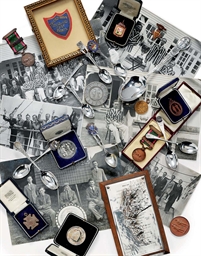

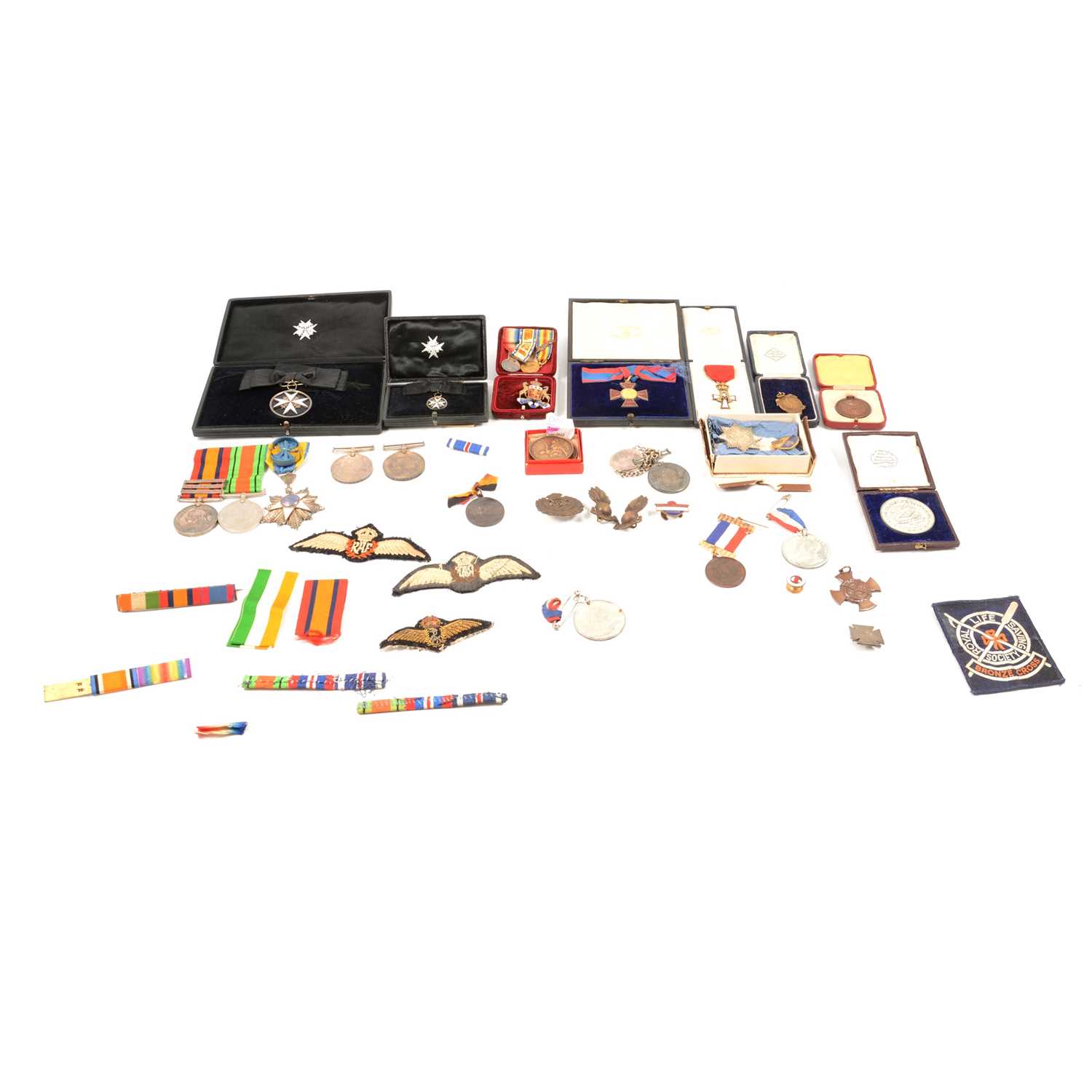



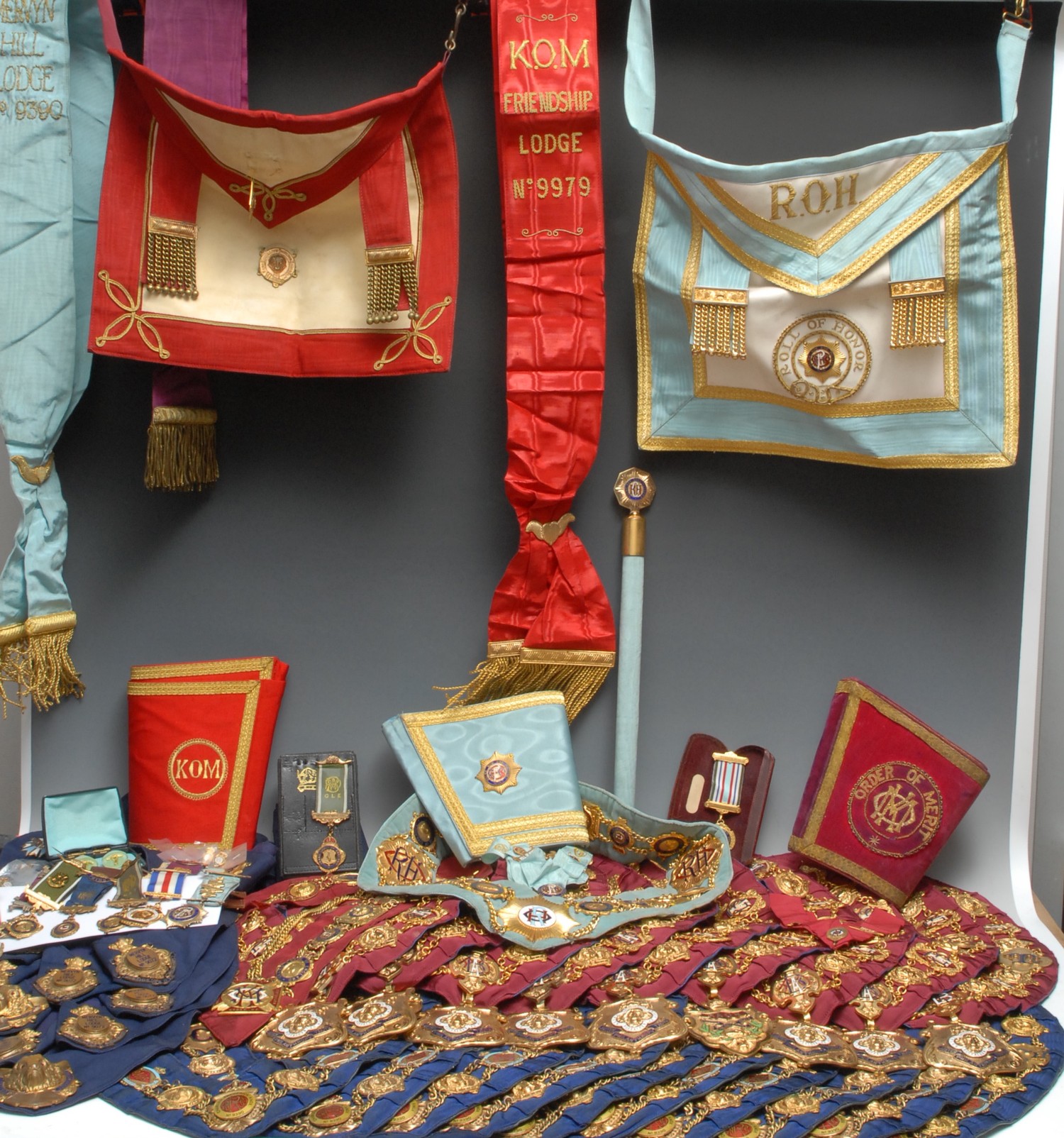
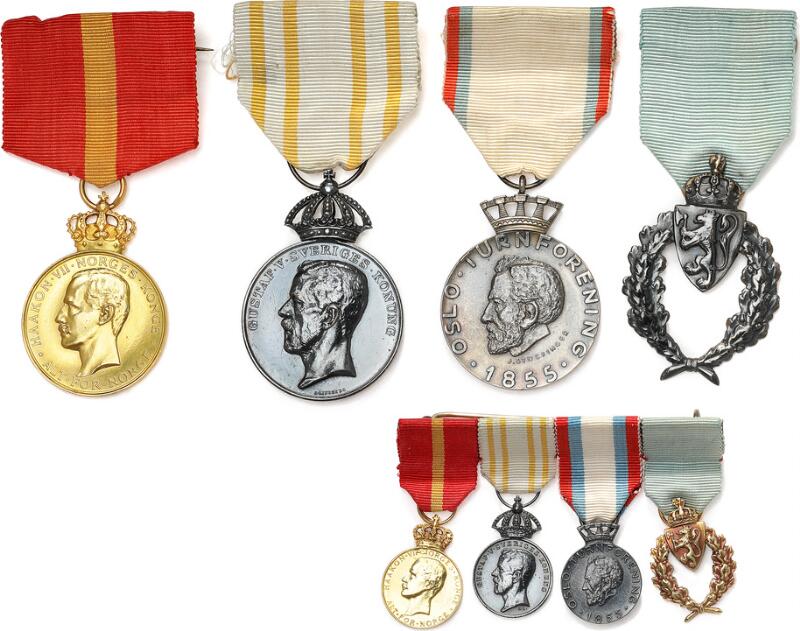



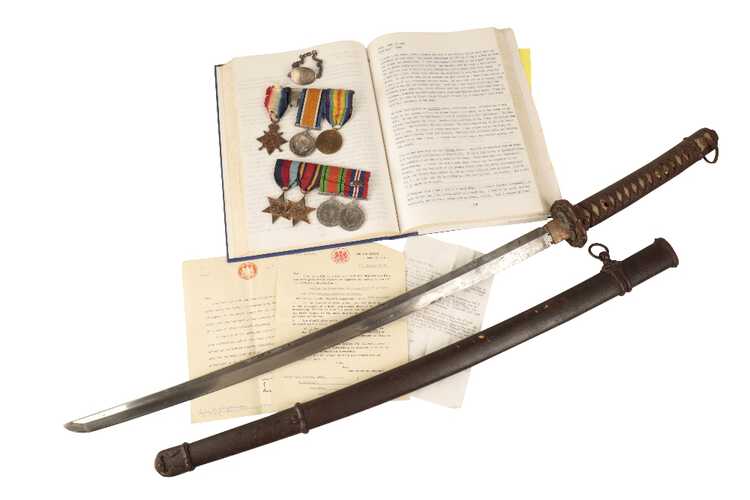
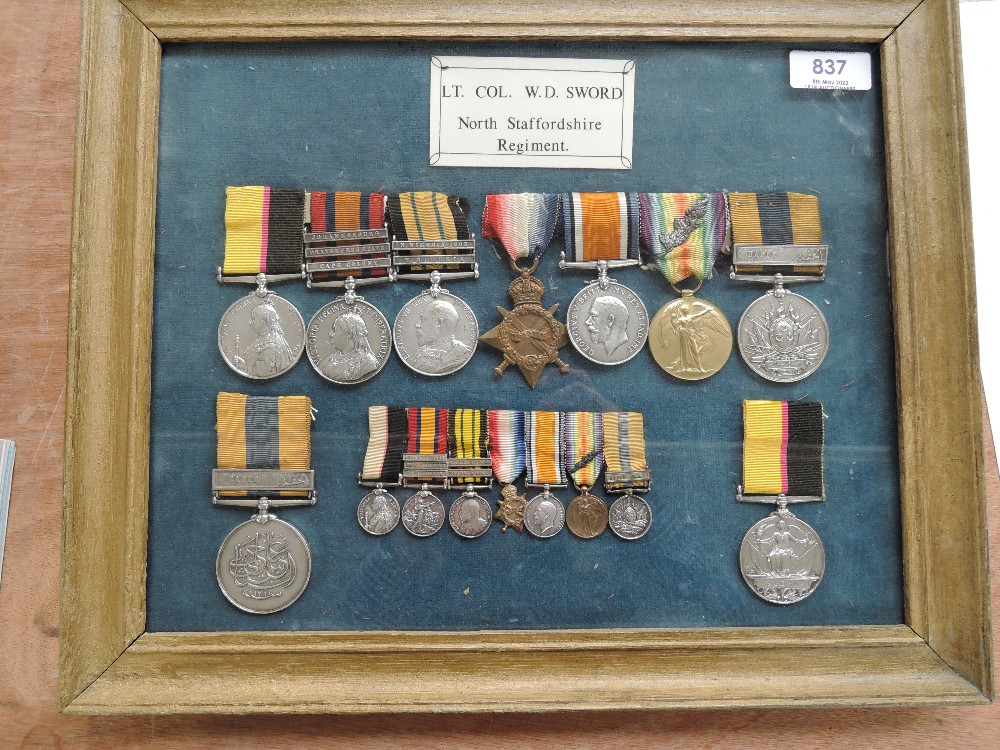
Try LotSearch and its premium features for 7 days - without any costs!
Be notified automatically about new items in upcoming auctions.
Create an alert